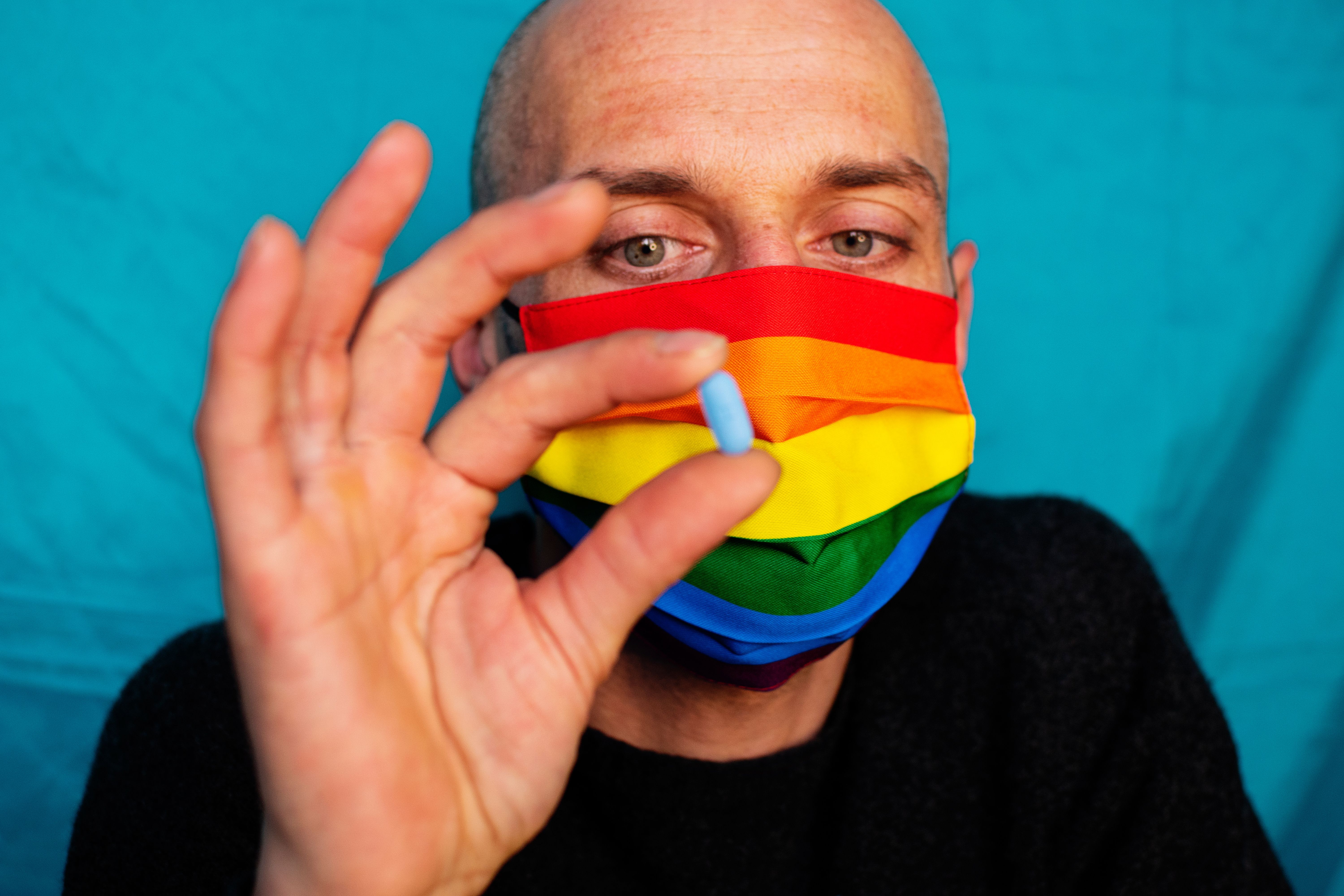Pre-Exposure Prophylaxis and Antiretroviral Therapy Set UK on Track to Eliminate HIV
Due to policies rolling out HIV pre-exposure prophylaxis (PrEP) and commencing antiretroviral therapy at diagnosis, the UK is on track to eliminate new HIV infections among gay and bisexual men in approximately 25 years.

Having already exceeded the UNAIDS 2020 goal to have 90% of people living with HIV diagnosed, 90% of diagnosed people receiving sustained antiretroviral therapy (ART), and 90% of ART recipients with viral suppression, the United Kingdom has made significant strides toward the eventual goal of HIV elimination.
One study, presented virtually at the 2022 Annual Conference on Retroviruses and Opportunistic Infection (CROI), analyzed how the UK had been so successful at reducing HIV incidence among gay and bisexual men.
For multiple sources of data on HIV among gay and bisexual men in the UK, Cambiano and fellow investigators calibrated an individual-based, stochastic HIV synthesis model. They compared new HIV infections in 2020 with what the counterfactual incidence may have been: if condom use from 2013 was low, if HIV testing remained stable from 2013, if the policy of beginning antiretroviral therapy (ART) upon HIV diagnosis had not been implemented in 2015, and if a pre-exposure prophylaxis (PrEP) strategy had not been introduced.
The investigators calculated hypothetical HIV rates as if each of these factors driving down infections had never been implemented. Additionally, they projected future HIV incidence if the current policies continued.
The results showed that the greatest reducer of HIV infections in 2020 was PrEP, followed by beginning an ART regimen at diagnosis. The investigators estimated that if PrEP had not been introduced, HIV rates among gay and bisexual men would have been 52% higher. Without commencing ART at the time of diagnosis, HIV infections would have been 22% higher.
In 2020, the HIV incidence rate among gay and bisexual men 15-64 years old was 1.7 per 1000 person-years. It is projected to decline to .55 per 1000 person-years in 2030 and to .23 per 1000 person-years by 2040. The investigators found that the UK is on track to eliminate HIV incidence (as defined by <1/1000 person-years) among gay and bisexual men in the next 17-33 years.
The research, “Contributions to the Decline in HIV Incidence among GBM in the UK: A Modelling Study,” was presented virtually during the 2022 Annual Conference on Retroviruses and Opportunistic Infection (CROI).
2 Commerce Drive
Cranbury, NJ 08512
All rights reserved.
